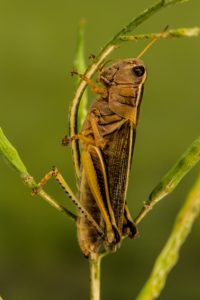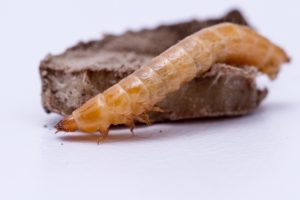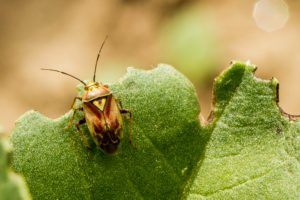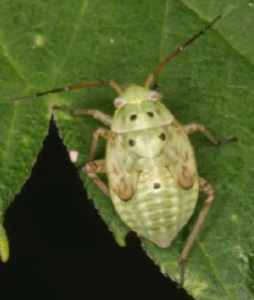Chickpea – Insects
Chickpea leaves, stems, and pods are hairy and secrete malic acid. This makes the plant much less attractive to insects compared to other pulse crops.
links
Cutworm
|
|
DAMAGE |
|
LIFE CYCLE |
|
CONTROL |
|
ECONOMIC THRESHOLD |
|
REFERENCE |
|
Grasshoppers
|
|
DAMAGE |
|
LIFE CYCLE |
|
CONTROL |
|
ECONOMIC THRESHOLD |
|
REFERENCE |
|
Wireworms
|
|
DAMAGE |
|
LIFE CYCLE |
|
CONTROL |
|
ECONOMIC THRESHOLD |
|
REFERENCE |
|
Alfalfa Looper
|
|
DAMAGE |
|
LIFE CYCLE |
|
CONTROL |
|
ECONOMIC THRESHOLD |
|
REFERENCE |
|
Pea Leaf Weevil |
|
DAMAGE |
|
LIFE CYCLE |
|
CONTROL |
|
ECONOMIC THRESHOLD |
|
RESOURCES |
|
REFERENCE |
|
Other Insects: |
|
Lygus Bug |
|
Pea Aphid |
|
Special thanks to Saskatchewan Pulse Growers.







